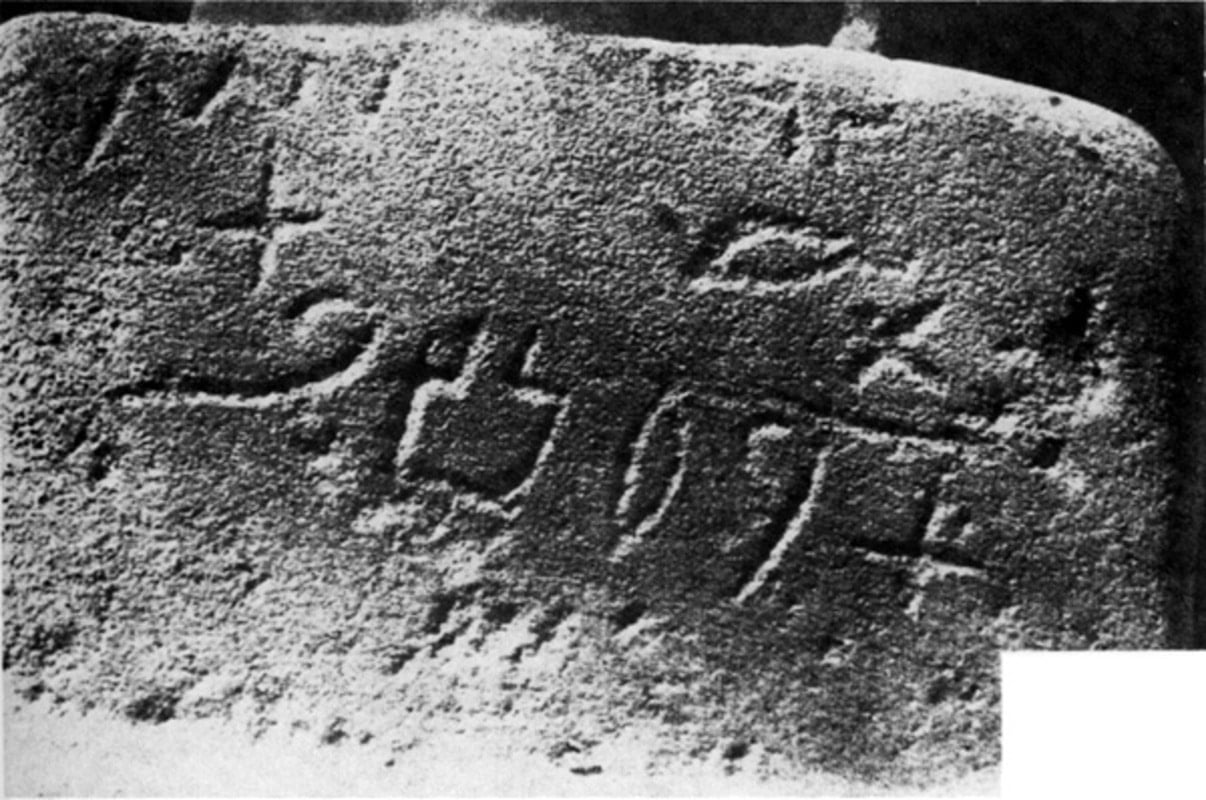

The ancient Phoenician script had a crucial role in the history of the Greek alphabet. As the ancient Greeks themselves affirmed, the Greek alphabet came directly from the Phoenician script when Prince Cadmus led a small migration from Phoenicia to Greece. Nevertheless, the ancient Phoenician script was not a true alphabet, in contrast to the writing system of the Greeks. Why can we say this?
To understand why the Phoenician script was not a true alphabet, we need to understand what a true alphabet is. A true alphabet is a writing system with individual characters designating vowels and consonants.
This is an apt description for the Latin alphabet, the Greek alphabet, and many others around the world. However, many writing systems in the ancient world did not work like this. Some of them did not include vowels. This applies to many modern scripts, too.
In some scripts, vowels were included, but not as individual characters. This was the case with the scripts the Greeks used before the current alphabet.
The script used by the Mycenaean Greeks in the Bronze Age, Linear B, had symbols representing consonant-vowel combinations. For this reason, it is not considered a true alphabet according to the definition provided above.

What about the ancient Phoenician script? While some scholars consider this an alphabet because it uses individual symbols for distinct sounds, it is not a true alphabet.
This is because it did not include vowels. The distinct sounds that the symbols represented were only the consonants. The reader was expected to supply the vowel sounds as they read the words.
This type of writing system is sometimes known as a consonantal alphabet. Another name for it is an abjad. This name comes from the first four letters of the Arabic script, which are ‘a’, ‘b’, ‘j’, and ‘d’, in the original order.
While not a true alphabet, the Phoenician script represented a significant step forward in the history of the alphabet’s development. It is a direct evolution of the Proto-Sinaitic Script, which first emerged in Egypt and the Sinai region in the 18th century BCE.
This direct precursor to the Phoenician alphabet was an adaptation of Egyptian hieroglyphs. The latter was far from a true alphabet, a writing system involving symbols representing sounds and concepts, without distinct vowel symbols.
Semitic-speaking inhabitants in Egypt took these hieroglyphs and adapted them into a system representing consonant sounds. By the time it had evolved into the Phoenician alphabet, it directly paved the way for the emergence of the true alphabet of the Greeks.

In the ninth century BCE, Greek contact with the Phoenician script led to the development of the first true alphabet. According to legend, a prince from Tyre named Cadmus led a small migration to Greece.
This legend is seen as early as the writings of Herodotus in the mid-fifth century BCE. According to that ancient historian and many others, Cadmus and his fellow Phoenicians introduced their script to the Greeks.
Consequently, the Greeks adapted this script to their language. However, how did they turn the Phoenician script from an abjad, or consonantal alphabet, into a true alphabet?
The Phoenician language had several consonants that the Greeks did not use in their speech. Thus, the Greeks took the characters for those consonants and used them to represent vowel sounds. In this way, they created the first true alphabet.
